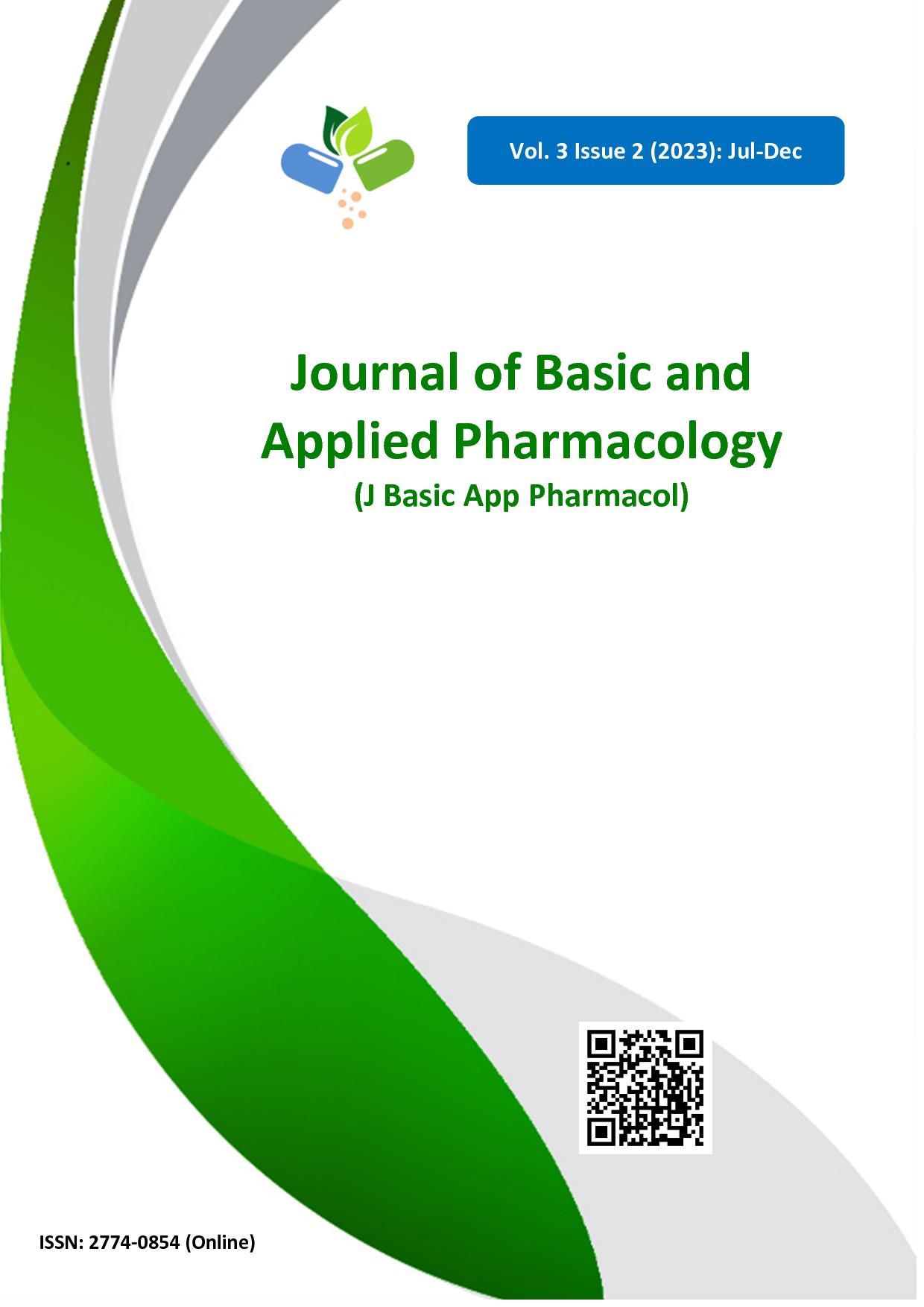Physical and Chemical Properties of Bottled Drinking Water in the Mandalay Region, Myanmar: A Preliminary Study
Main Article Content
Abstract
A total of fifty-five samples of bottled drinking water (BDW) were collected from different retail shops in the Mandalay Region, Myanmar, to determine the safety aspects of physical and chemical properties of bottled drinking water in Mandalay. Collected samples were analyzed for pH, turbidity, total alkalinity (as CaCO3), bicarbonate alkalinity (HCO3-), total hardness (as CaCO3), sulfate (SO42-), chloride (Cl-), sodium chloride (NaCl), lead (Pb), and arsenic (As). The pH was determined by a Hanna instruments HI 98129 pH meter which was calibrated at pH 4.0, 7.0 and 9.0. Turbidity was measured by spectrophotometry at the wavelength of 455 nm. Total hardness as CaCO3 concentration was determined by EDTA titrimetric method APHA 2340 C. Total alkalinity, sulfate, chloride (Cl- and NaCl) concentrations were determined by APHA 2320 B, 4500-SO42- C and 4500-Cl- B, respectively. Lead concentration in BDW was determined by atomic absorption spectroscopy (AAS) and arsenic (As) was determined by a Lovibond Arsenic Test Kit (Part Number 400700). The pH values of BDW samples were found to be within WHO and National (Myanmar) Drinking Water Standards expect for three samples (S-40, S-51 and S-55) which were found in slightly acidic condition. Total hardness values ranged from 0.21 mg/L to 20.2 mg/L as CaCO3. Sulfate concentrations ranged from 3.3 mg/L to 9.5 mg/L as SO42-. Chloride and sodium chloride concentrations ranged from 1.44 mg/L to 14.58 mg/L as Cl- and 5.8 mg/L to 24.1 mg/L as NaCl, respectively. Very low concentrations of heavy metals such as lead (Pb) and arsenic (As) were found in all collected BDW samples. In this study, the overall results showed that all collected bottled drinking water samples in Mandalay were found within WHO and Myanmar National Drinking Water Standards and to be physical and chemically safe for drinking.
Article Details

This work is licensed under a Creative Commons Attribution-NonCommercial-NoDerivatives 4.0 International License.
Upon acceptance of an article, the Pharmacological and Therapeutic Society of Thailand will have exclusive right to publish and distribute the article in all forms and media and grant rights to others. Authors have rights to use and share their own published articles.
References
Alam MF, Dafader NC, Sultana S, Rahman N, Taheri T.Physico-chemical analysis of the bottled drinking water available in the Dhaka City of Bangladesh. JMES, 2017;8(6):2076-2083.
Quatrini S, Pampaloni B, Brandi ML. Natural mineral waters: chemical characteristics and health effects. Clin Cases Miner Bone Metab. 2016;13(3):173-180.
Adi VK, Jayalatha NA, Veena DV. Physico-chemical analysis of packaged mineral water bottles floating in and around Central Karnataka. J App Chem. 2016;5(5):1191-1198.
Zuliani T, Kanduc T, Novak R, Vreca P. Characterization of bottled waters by multielemental analysis, stable and radiogenic isotopes. Water. 2020;12:454.
Hu Z, Morton LW, Mahler RL. Bottled water: United States consumers and their perceptions of water quality. Int J Environ Res Public Health. 2011;8:565-578.
Alsulaili A, Al-Harbi M, Al-Tawari K. Physical and chemical characteristics of drinking water quality in Kuwait: tap vs. bottled water. J Engin Res. 2015;3(1):25-50.
Kyat TS, Han M, Chit K, Nwe ZZ, Win N, Khin AA, et al. Detection of bacteriological contamination of bottled drinking water in Yangon City. MHSRJ. 2015;27(2):118-124
Sasikaran S, Sritharan K, Balakumar S, Arasaratnam V. Physical, chemical and microbial analysis of bottled drinking water. Ceylon Medical Journal. 2012;57(3):111-116.
MIMU. Changing sources of drinking water in Myanmar (2014-2019). A MIMU Analytical Brief. February; 2021.
Kyaw ZW, Sein KT, Thet Oo SA, Win AA. Groundwater pollution by industrial effluents in Hlaing Thar Yar Industrial Zone, Myanmar. 19th National Conference on Science and Engineering, NCSE, Mandalay Technological Universit: Myanmar; 2020.
Glass. UN-Water global analysis and assessment of sanitation and drinking-water. Myanmar: Sanitation, drinking-water and hygiene status overview; 2014.
Cohen A, Cui J, Song Q, Xia Q, Huang J, Yan X, et al. Bottled water quality and associated health outcomes: a systematic review and meta-analysis of 20 years of published data from China Environ Res Lett. 2022;17(1):013003.
Ko S.H, Sakai H. Evaluation of Yangon city tap water quality and the efficacy of houslhold treatment. Water Quality Research J. 2021; 56(3):155
Phyo SSM, Yu SS, Maung KM. Bacteriological examination of bottled drinking water by MPN method. Haya Saudi J Life Sci. 2019;4(7):227-232.
Clesceri LS, Greenberg AE, Eaton AD. Standard methods for the examination of water and wastewater. 20th ed. American Public Health Association; 1998.
World Health Organization. Guidelines for Drinking-water Quality. 4th ed. Incorporating The First Addendum; 2017.
Myanmar Standards Organization. National Standards and Quality Department. Myanmar National Drinking Water Quality Standard; 2019.
Diggs HE, Parker JM. Aquatic facilities, planning and designing research animal facilities. Elsevier; 2009.
Rosborg I, Kozisek F. Drinking water minerals and mineral balance. 2nd ed. Germany: Springer, Berlin/Heidelber; 2020.
Bashir MT, Ali S, Bashir A. Health effects from exposure to sulphates and chlorides in drinking water. PJMHS. 2012;6(3):648-652.
World Health Organization. Hardness in drinking-water. WHO Guidelines for Drinking-water Quality: Background document for development; 2010.
Uddin R, Khandaker MU, Abedin J, Akter N, Jamal SIM, Sultana R, et al. Quality assessment of bottled and unbottled drinking water in Bangladesh. Water 2021;13(15):2026.
World Health Organization. Chloride in drinking-water. WHO Guidelines for Drinking-water Quality: Background document for development; 2003.


